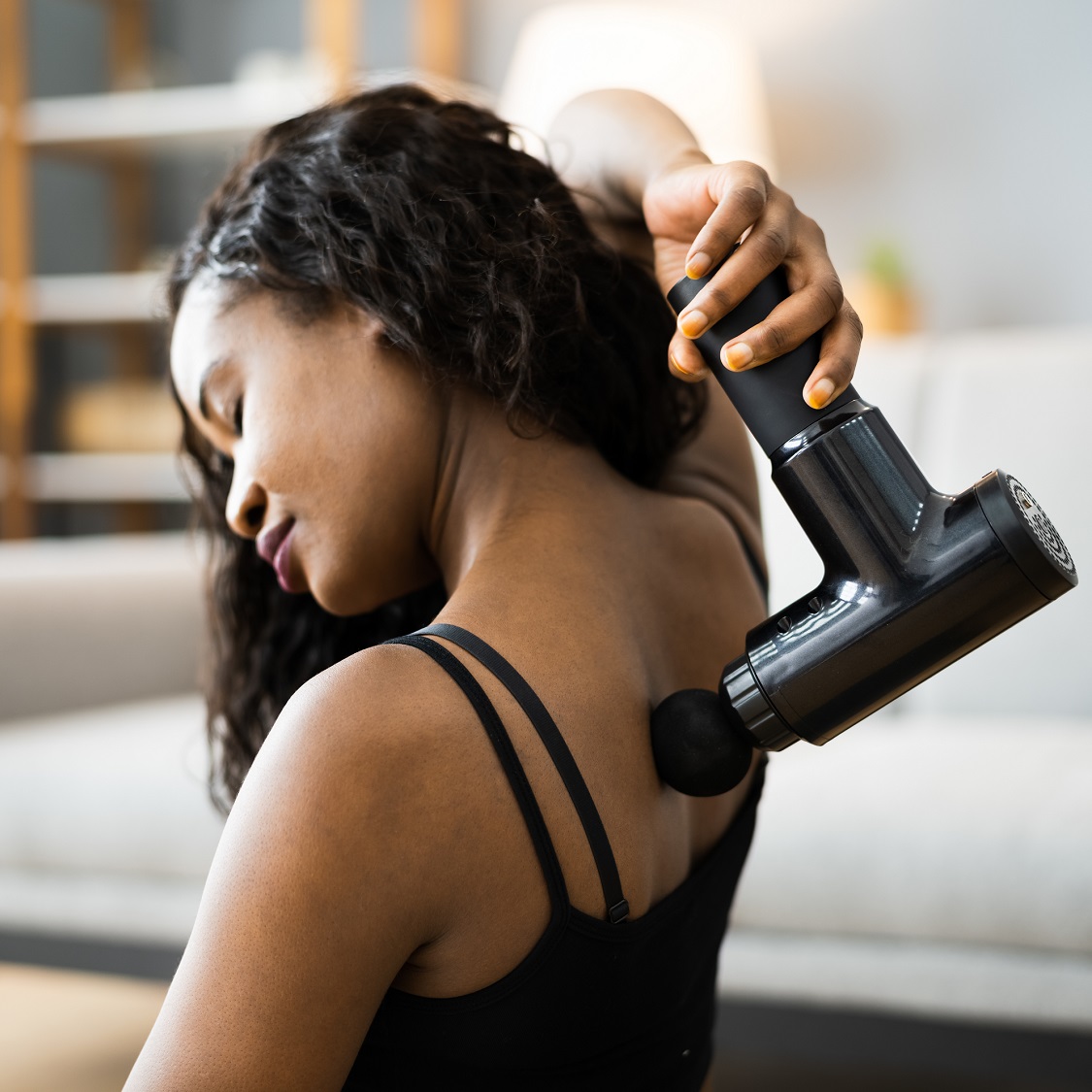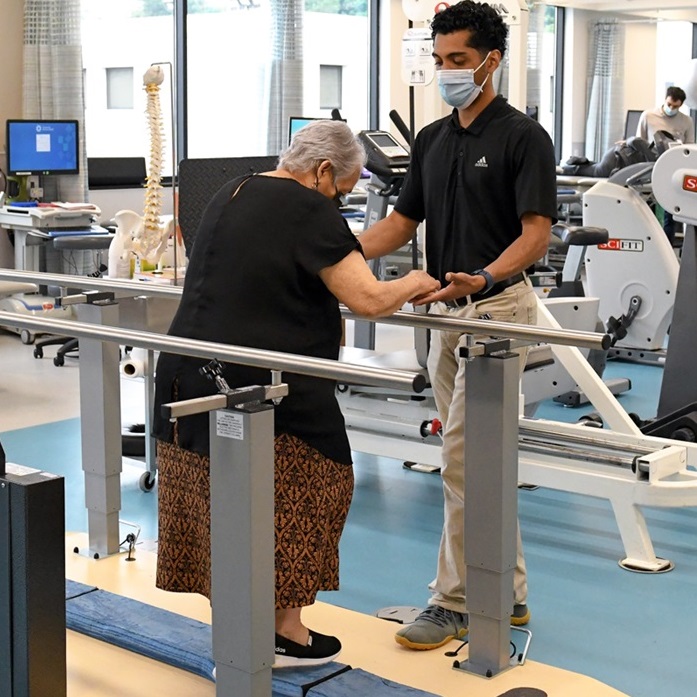What Are the Different Types of Prostheses?

December 18, 2020
Of the 2.5 million Americans who have survived amputations, between 60 and 70 percent use prosthetic devices. Prostheses replace missing body parts, helping to restore function and mobility—and they come in a variety of styles.
Heikki Uustal, M.D., medical director of the prosthetic and orthotic team at JFK Johnson Rehabilitation Institute, shares more details below about the different types of prostheses.
Types of lower-limb prostheses
Prosthetic devices vary in complexity based on the functions required of knees and feet. Many are made from carbon fiber or fiberglass, which allows the device to bend under your weight and spring back when you lift your foot. This is called dynamic response and helps to propel you forward.
“There are over 200 different prosthetic feet and 75 different prosthetic knees on the world market,” Dr. Uustal says. “The appropriate selection of components for any one individual patient is based on the expert opinion of the physician—preferably a physiatrist, the prosthetist and, most importantly, on the needs of the patient.”
If a leg was amputated below the knee, the prosthetic components would include a foot-and-ankle mechanism. If the amputation occurred above the knee, the prosthesis would also feature a knee joint.
Among prosthetic devices with a foot-and-ankle mechanism:
- the simplest models have a fixed foot/ankle position
- other simple models have one pivot point (single axis joint), allowing up-and-down movement
- more complex models provide multi-axial movement, for walking on uneven ground
- high performance feet made of carbon fiber or fiberglass allow faster walking, running or jumping
Among prosthetic devices with a knee mechanism:
- a simple lock-knee mechanism can be locked for standing/walking, then unlocked for sitting
- more complex lock mechanisms are weight-activated, locking when there’s weight on the leg, then unlocking when weight is removed, allowing the leg to swing forward while walking
- a mechanism containing hydraulic pistons allows for more controlled leg movement
- computer-controlled hydraulic knees contain sensors that monitor movement, allowing for the most natural walking gait
Types of upper-limb prostheses
Upper-limb prostheses feature hands and sometimes elbow joints. Special attachments to the prosthesis allow people to participate in sports and more.
“A prosthetic hook or adaptive device can be attached to the prosthesis to accommodate specific activities, including swimming, gardening, recreational sports or work activities,” Dr. Uustal says.
There are three main types of prosthetic hands:
- cosmetic hands look natural and may have flexible fingers that allow you to hold things
- cable-controlled hands attach cables and harnesses to the shoulders, which control the hands
- myoelectric-controlled hands, which allow existing muscles in the arm to control the prosthesis
There are three types of prosthetic elbows:
- simple locking elbows can be pre-positioned, then locked during an activity
- cable-controlled elbows are controlled by shoulder muscles and may be locked in place
- electronic elbows are controlled by myoelectric signals from muscles in the limb
Cosmetic prostheses
Some prosthetic limbs are designed to look realistic but are non-functional or provide limited function.
“Cosmetic devices are oftentimes the most acceptable in a social setting,” Dr. Uustal says. “However, [they] provide little or no function and therefore are usually not covered by insurance plans.”
Why people need prostheses
Most people who use prostheses have had a limb surgically removed, but this is not always the case.
Among people who use prosthetic devices:
- 60 percent had their lower limbs amputated due to complications from diabetes
- 30 percent have been involved in car crashes, work injuries or other accidents
- 10 percent had amputations after cancer or unusual infections, or they were born without limbs
People with lower-limb amputations tend to be older, with pre-existing health conditions, unlike people who typically have upper limbs amputated due to trauma.
“Patients with upper-limb amputation are younger and healthier but often more profoundly impacted by the disability caused by arm amputation,” Uustal says.
Next Steps & Resources:
- Meet our source: Dr. Heikki Uustal
- To make an appointment with Dr. Uustal, or a doctor near you, call 800-822-8905 or visit our website.
- View our patient spotlight: Without Breaking Stride: Margaret's Story
The material provided through HealthU is intended to be used as general information only and should not replace the advice of your physician. Always consult your physician for individual care.






